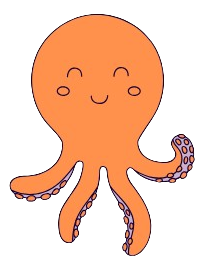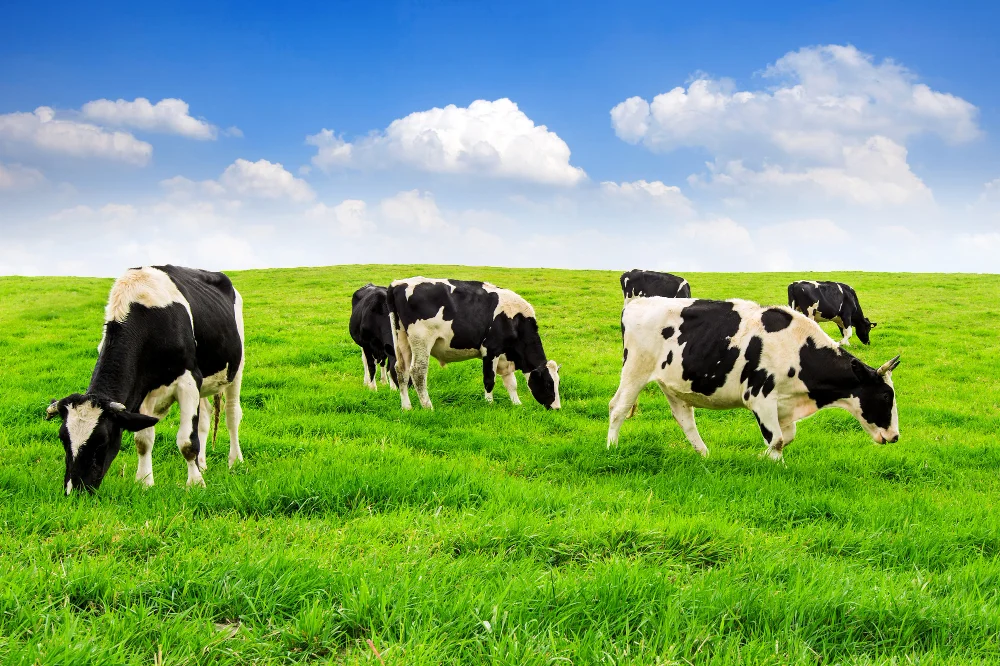Last year, while visiting a friend’s dairy farm in the countryside of Yorkshire, I found myself leaning against a wooden fence, quietly watching a herd of cows in the pasture. One brown-and-white beauty, in particular, stood out. For the better part of two hours, she did nothing but chew, pause, and chew again. It made me wonder—don’t cows ever get bored chewing the same old grass?
It’s a question that might sound trivial at first, but it touches on animal behaviour, evolution, and even the human tendency to anthropomorphise. Let’s dive into the science and story behind this ruminative ritual.
The Ruminant Design: Nature’s Slow Chewers
Cows belong to a class of animals called ruminants, which also includes sheep, goats, deer, and giraffes. What sets ruminants apart is their specialised digestive system. A cow’s stomach has four compartments:
- Rumen
- Reticulum
- Omasum
- Abomasum
Each plays a distinct role in breaking down cellulose-rich grass, a tough material that most animals, including humans, can’t digest efficiently. The rumen, essentially a fermentation vat, is home to billions of microbes that kickstart the process.
Chewing the cud, as it’s called, is not just repetitive grazing. It’s a sophisticated recycling process. After initially swallowing the grass, cows regurgitate it, chew it again to reduce particle size, and re-swallow it for deeper digestion. On average, cows spend about 6 to 8 hours chewing cud each day, in addition to 4 to 6 hours of actual grazing.
Is Chewing Grass Boring to Cows?
Here’s where human bias comes in. We often project our own experiences and boredom thresholds onto animals. But what stimulates a human mind doesn’t necessarily apply to a cow.
1. Different Neurology and Sensory Processing
Dr. Caroline Hewson, a veterinary ethologist, notes: “Cows don’t perceive the world with the same cognitive drive for novelty that humans do. Their well-being is tied to routine, safety, and physiological fulfilment.”
Put simply, cows are hard-wired for monotony. Their brains aren’t constantly craving new Netflix episodes or TikTok reels. Instead, contentment comes from fulfilling basic biological needs: eating, ruminating, resting, and social bonding.
2. Chewing is Meditative (for Them)
Just like humans find calm in repetitive activities like knitting or pacing, cows seem to find peace in cud-chewing. According to research published in the journal Applied Animal Behaviour Science, cows with uninterrupted rumination show lower cortisol levels, indicating reduced stress.
So what looks monotonous to us might actually be mentally soothing to them.
What Do Cows Get Out of It?
From a biological perspective, chewing grass offers cows far more than just sustenance.
Nutritional Maximisation
Grass isn’t exactly nutrient-dense per bite. Cows extract value through mechanical grinding and microbial fermentation, which allows them to pull essential nutrients from a food source that would be otherwise indigestible.
Mental Engagement on Their Terms
While cows may not crave puzzles or screen time, they do have social lives and environmental preferences. Dr. Temple Grandin, a leading animal behaviourist, has long argued that cows need environments that allow for natural behaviours like foraging, walking, and, yes, endless chewing.
Could a Cow Ever Get Mentally Unstimulated?
Absolutely. But the issue isn’t the grass chewing itself—it’s when cows are prevented from engaging in this behaviour.
Boredom in Confinement
Cows in factory farms or restrictive housing systems, where space and grazing time are limited, often display signs of stereotypic behaviour such as tongue rolling or bar biting. These are signs not of chewing fatigue, but of environmental deprivation.
Lack of Social Stimulation
Cows are social animals. If isolated or placed in unnatural social groupings, their overall mental health can deteriorate. Boredom in this context stems from lack of interaction, not from chewing.
First-Hand Observations From the Field
During my stay at the Yorkshire farm, I noticed something interesting. Whenever the cows were released into a new patch of grass, they behaved like kids let out for summer holidays. There was energy, movement, and even what I could only describe as a sense of joy. The chewing didn’t stop—but it became part of a larger ritual of exploration and grazing.
One afternoon, I joined a local farmer, Elaine, who’d been raising cows for over 30 years. “You ever get tired of tea?” she asked me. I laughed, “Not really.” She nodded toward the cows. “Same with them and grass. It’s not about boredom. It’s about comfort.”
FAQs:
Do cows enjoy chewing grass?
While we can’t ask them directly, behavioural studies suggest cows find chewing calming and rewarding. It’s a sign of health, not tedium.
How many hours a day do cows chew?
Cows typically chew cud for 6 to 8 hours a day and graze for another 4 to 6 hours.
Can cows get bored?
Yes—but usually due to lack of environmental stimulation, not from chewing. Social isolation or restricted movement are bigger boredom triggers.
What happens if a cow can’t chew cud?
This may indicate health issues such as digestive disorders. A cow not chewing cud often signals distress and should be examined.
Key Takeaways
- Cows are evolutionarily designed for repetitive chewing.
- What we see as boring is meditative and necessary for them.
- Boredom in cows is more about social and environmental deprivation than diet monotony.
- Understanding cow behaviour helps improve livestock welfare and farming practices.
Final Thoughts & Your Turn
So, the next time you see a cow calmly chewing away in a field, remember: she’s not bored. She’s doing what she was made to do, in exactly the way she prefers.
Have you ever observed cows or other animals and wondered about their routines? Share your thoughts or experiences in the comments—I’d love to hear what you’ve noticed.
Read Also: Texts Guaranteed to Crack Her Up




